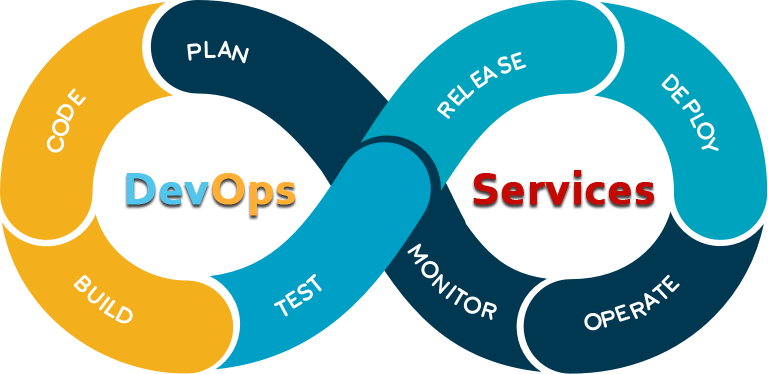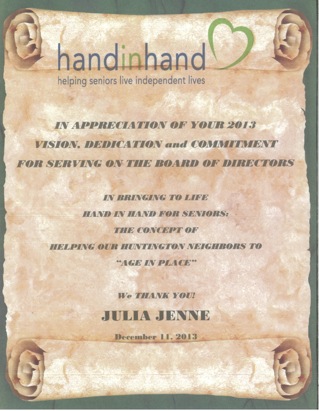
The easternmost section in the Southern Rocky Mountains is the Front Range. It stretches approximately 300 miles (500km) south-southeast, from near Casper in southeastern Wyoming up to Fremont county in South-central Colorado. It's a mountain range between 40 and 50 miles wide, and includes the Laramie and Medicine Bow mountains, as well as the Sangre de Cristo Mountains, which usually extend further south. The Front Range was once inhabited by Native Americans.
Colorado's mountain ranges are long
One of Colorado's most famous natural wonders is its long mountain range, the San Juan Mountains. The San Juan Mountains stretch for 150 miles across thirteen counties and contain 13 fourteeners. Mt. Sneffels, 14308-foot Uncompahgre and Handies Peak are some of the notable peaks in the San Juan Mountains. Rout National forest, which includes Mt Zittler Wilderness as well as the majestic Mt. Wilson.

It is the ideal place for free-range ranching
We can't control the buffalo but we can make use of the many natural resources on the Front Range. The ecosystem's native carnivores help to maintain ecological health, as well as contribute to the wellbeing of wildlife and humans. We can emulate the natural systems and create more resilient environments. The author Peter Guercio spent his early years on a cattle ranch in the mountains of Colorado.
It's home to sugar beet agriculture
The Front Range's rich history includes sugar beet cultivation. The beet industry was established in the late 1800s and provided employment for immigrants from the South and Japan. German-Russian immigrants were employed for their gardening skills, and their numbers grew until they represented a sizable percentage of the workforce. The sugar industry employed migrant Mexican workers in the early 1900s from New Mexico and southern Colorado. This encouraged entire families to join the effort.
It is the home of many ski areas
The Front Range is a mountain range in the Southern Rocky Mountains of North America, occupying central Colorado and southeastern Wyoming. It is the most prominent mountain range along the 40th parallèle. It also serves as the name of the Front Range Urban Corridor that runs from Cheyenne, Wyoming, to Pueblo Colorado. The Front Range provides a temperate climate thanks to its proximity to the Great Plains, which moderates the effects of prevailing storms.
Three major highways pass through the area.
Grand Lake is located in Colorado’s Front Range's western section. This natural body of water shares its name. It is located near the northernmost point in the Front Range's western section. It is also the northernmost point of automobile access for this region, as U.S. Highway 34 crosses the Continental Divide and leads to Estes Park. Trail Ridge Road is the highest continuous paved road in North America, reaching a height of 12,183 feet.

It's home to a massive trail system
The Front Range is a diverse range of mountains in the Rocky Mountain region. The Front Range is divided according to their geology into three main areas. The Northern Front Range generally is dryer and starts in the North Denver/Boulder area. The Central Front Range runs from Denver to Colorado Springs. While the Southern Front Range extends from COS to Spanish Peaks. A vast network of trails runs through the Front Range, with many well-known trails.
FAQ
What is a consultant?
Consultants are people who provide services to others. It's not a job title. A consultant is a role that helps others achieve their goals. By helping people understand their options and helping to make the right decisions, you do this.
Consultants have the ability to solve any problems or challenges that may arise from projects. They offer guidance and advice about how to implement such solutions.
Consulting should be able address questions related to law, finance and technology.
What happens after the consultant completes the job?
After the consultant finishes the work, s/he will send a final report outlining the results. This report contains all relevant information, such as project timelines and deliverables.
After that, you'll go through the report and decide if it meets your expectations. If you are not satisfied with the consultant's report, you have the option to ask for modifications or to terminate your contract.
How do I choose a good consultant?
There are three main factors to consider:
-
Experience - How skilled is the consultant? Are you a beginner or an expert? Does her resume demonstrate that she has the required skills and knowledge
-
Education – What did this person learn at school? Did he/she continue to take relevant courses after graduation? Is there evidence that he/she learned from the writing style?
-
Personality – Do we like this person/person? Would we hire him/her to be our employee?
-
These questions will help us determine if the consultant is right to meet our needs. If you don't have clear answers, it may be worth meeting with the candidate for an interview.
How do I get clients to my consulting business?
Find an area that you are passionate about. It can be anything you like, including public relations or social media. You might have to start small, such as by finding niche markets like web design. Once you have found the niche market, you need to understand why it works. What problems can it solve? What problems can it solve? What are the benefits?
You can also try approaching businesses directly - perhaps they need someone who understands SEO or content creation, or maybe they just want to know where to go for advice on social media strategy.
If all else fails, why not offer your services at free events like networking evenings and conferences? It's a great way to get in touch with potential customers, without spending too much on advertising.
How much does it take to hire a consultant
There are many factors that go into the cost of hiring a consultant. These factors include:
-
Project size
-
Time frame
-
Scope of work
-
Fees
-
Deliverables
-
Other considerations like experience level, geographical location, etc.
Can consulting be considered a real job?
Consulting is not only a good entry-level job for people looking to make quick money.
There are many options for consulting. These include project management, business strategy, strategy, leadership, and training. You might find yourself working on projects ranging from small start-ups to large-scale international corporations.
Consulting provides you with the opportunity to develop and hone your skills, as well as gain experience within a range of industries. This could include learning to manage teams and write proposals, manage finances, analyze data, create presentations and conduct market research.
Statistics
- WHY choose me: Why your ideal client should choose you (ex: 10 years of experience and 6-week program has helped over 20 clients boost their sales by an average of 33% in 6 months). (consultingsuccess.com)
- So, if you help your clients increase their sales by 33%, then use a word like “revolution” instead of “increase.” (consultingsuccess.com)
- 67% of consultants start their consulting businesses after quitting their jobs, while 33% start while they're still at their jobs. (consultingsuccess.com)
- Over 50% of consultants get their first consulting client through a referral from their network. (consultingsuccess.com)
- On average, your program increases the sales team's performance by 33%. (consultingsuccess.com)
External Links
How To
What does a typical consultant's day look like?
The type of work that you are doing will affect the typical day. But, in general, you will spend your time researching, planning and meeting new clients.
Clients will often meet with you to discuss their problems. These meetings can take place over the phone, via email, online, or face to face.
It is possible that you will be asked to write proposals. These documents outline your ideas and plans, and are required by clients. Before presenting these proposals to clients, you will usually need to discuss them with a colleague or mentor.
After all the planning and preparation, you will have to produce some content. For example, you could be writing articles, designing websites, creating videos, editing photos, or conducting interviews.
Depending on the scope of the project, you may need to do some research in order to gather relevant statistics or figures. You might need to determine how many customers you have, and whether they buy more than one product.
Once you have enough information, it is time to present your findings and conclusions to clients. Your findings may be delivered orally, or written.
After your initial consultation, you should follow up with your clients. You can call clients to ask how they are doing or send emails asking for confirmation that your proposal was received.
Although it takes time, this process is worth it. It's also important to keep your eyes on the prize and maintain good relations with clients.